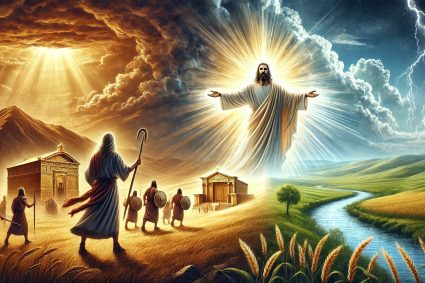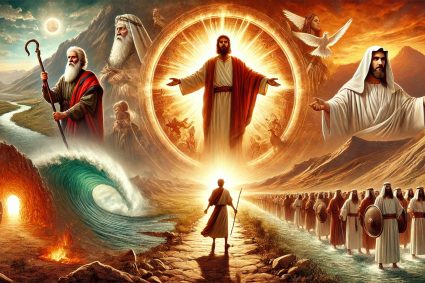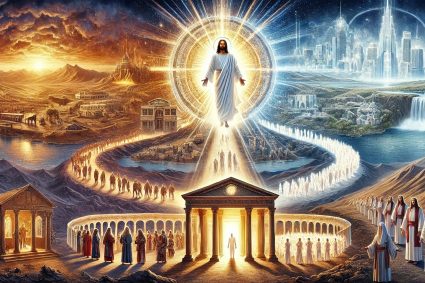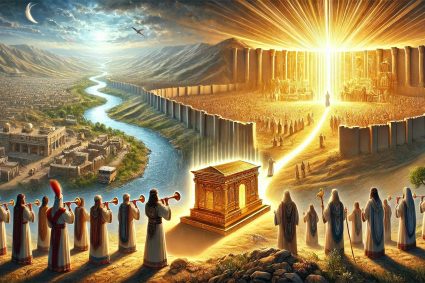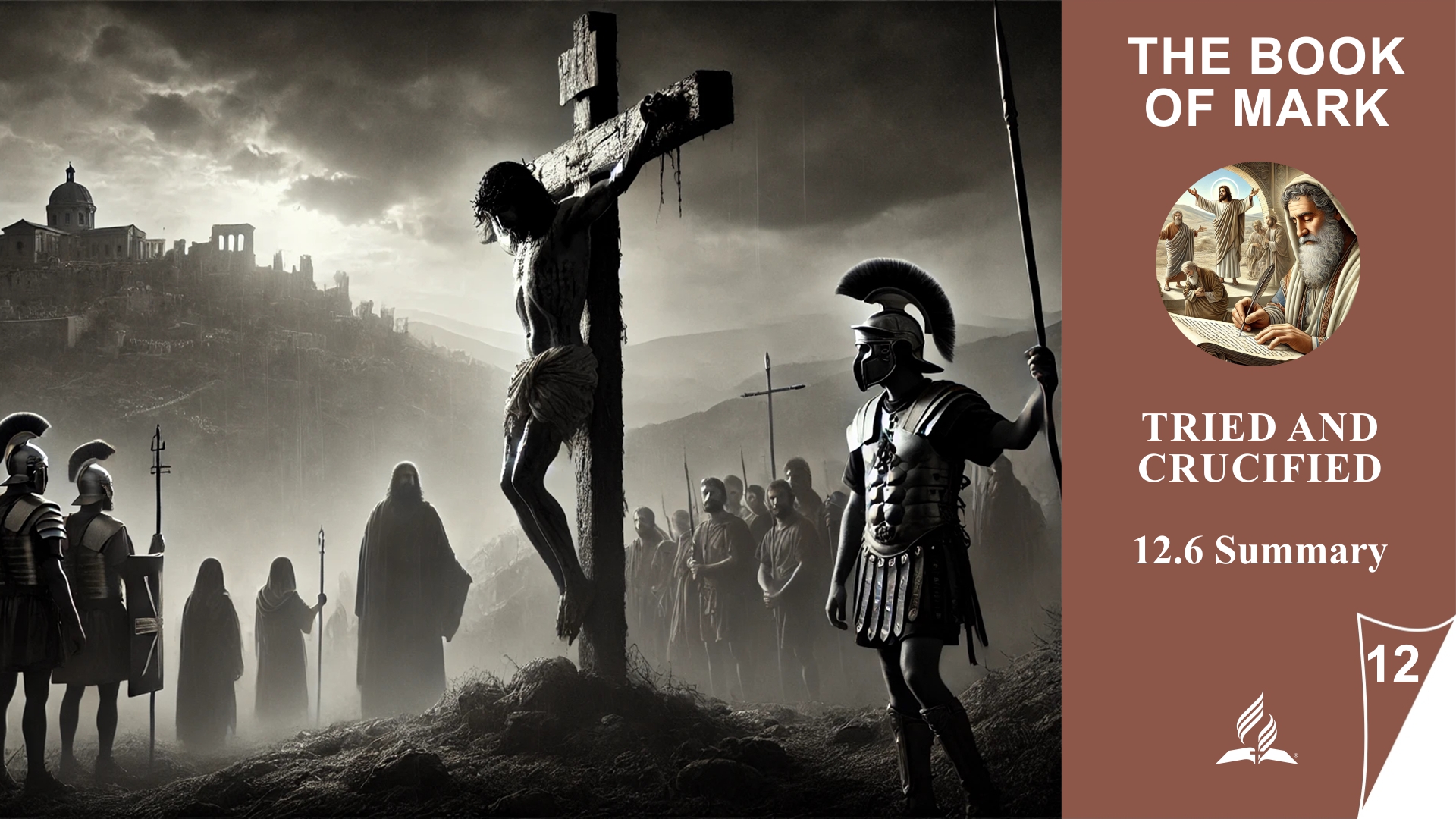

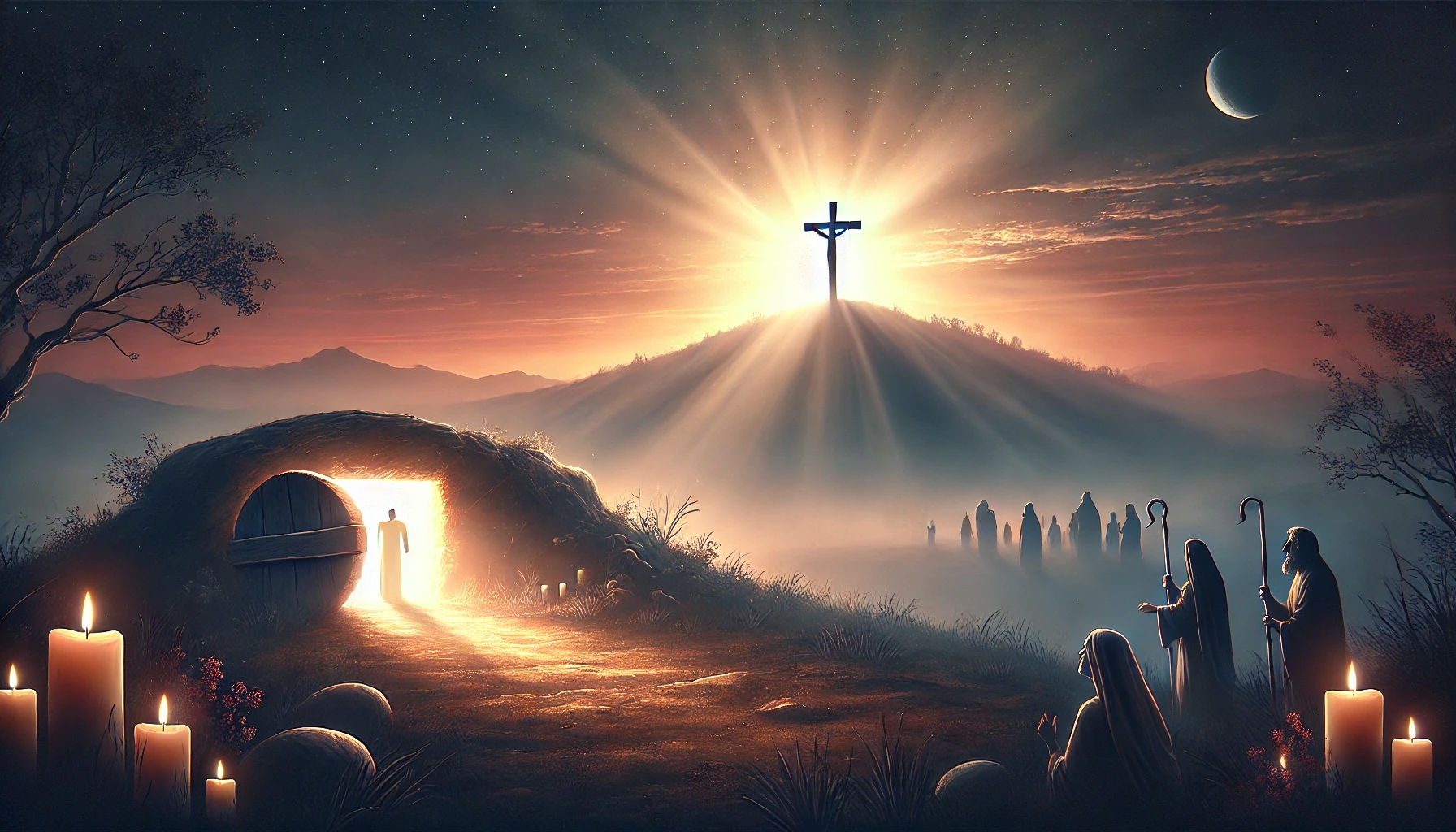
12.6 Summary
From Mockery to Redemption: Jesus’ Path to the Cross and Its Significance
Lesson 12 focuses on the final hours of Jesus’ life, His condemnation, crucifixion, and burial. These events are marked by deep irony, as Jesus is mocked as the “King of the Jews” despite being the Messiah and Savior. Here are the key points of the lesson:
-
The Trial and Condemnation (Mark 15:1–15): Jesus, the true King of the Jews, is brought before Pilate and falsely accused of being a troublemaker. Pilate recognizes His innocence but succumbs to the pressure of the crowd and sentences Him to be crucified. The irony lies in the fact that the true Savior is condemned by those He intends to save.
-
The Mockery of Jesus (Mark 15:16–20): The soldiers ridicule Jesus as the “King of the Jews,” place a crown of thorns on His head, and dress Him in a purple robe. This cruel parody mimics the worship of the Roman emperor while inadvertently proclaiming the deeper truth of His royal dignity.
-
The Crucifixion (Mark 15:21–38): While Jesus hangs on the cross, He continues to be mocked. The religious leaders taunt Him, saying, “He has saved others, but he cannot save himself.” Yet it is precisely through His refusal to save Himself that Jesus fulfills His mission to redeem humanity. In the apparent defeat on the cross lies the greatest triumph.
-
The Cry of Abandonment (Mark 15:33–41): Jesus’ words, “My God, my God, why have you forsaken me?” express His profound abandonment as He bears the full weight of humanity’s sin. His death marks the beginning of a new phase of redemption, symbolized by the tearing of the temple curtain, which opens the way to God for all people.
-
The Burial (Mark 15:42–47): Joseph of Arimathea, a member of the Sanhedrin, shows courage and dedication by honoring Jesus with a respectful burial while the disciples have disappeared. The presence of the women observing the burial site ensures that they later become witnesses to the resurrection.
Conclusion: Lesson 12 highlights the deep ironies and the fulfillment of biblical prophecies in Jesus’ suffering and death. Although Jesus is mocked and treated as a criminal, He accomplishes the central work of Christian redemption. His death on the cross is the sacrifice that reconciles humanity with God and opens the path to salvation.
The connection between Lesson 12 and our daily lives as well as our faith lies in the central themes of sacrifice, courage, faithfulness, and trust in God’s plan, even in difficult times.
-
Jesus’ Sacrifice and Our Dedication: Jesus’ death on the cross is the ultimate example of selfless sacrifice. He gave His life to save humanity despite being mocked and condemned. This reminds us that we are also called to make sacrifices for others in our daily lives—whether through love, patience, or forgiveness. Our faith calls us to live not only for our own well-being but also to be willing to serve others, even when it is challenging.
-
Courage in Difficult Times: Joseph of Arimathea shows us that faith often requires courage. In moments of fear and uncertainty, it is easy to withdraw, as the disciples did. However, our faith encourages us to stand up in difficult times, advocate for what is right, and do God’s will, even if it isolates us or poses risks.
-
Trusting in God’s Plan: The events of the crucifixion demonstrate that God’s plan often proceeds through suffering and darkness. The disciples did not understand why Jesus had to die and felt abandoned. However, God’s greatest plan—the redemption of the world—was fulfilled through the cross. In our lives, we often encounter situations that we do not understand or that are painful. The lesson of the crucifixion teaches us to trust that God is at work even in the most challenging times and that His goodness will ultimately prevail.
-
Faithfulness Even in the Background: The women who accompanied Jesus to the tomb remained in the background, but their faithfulness was rewarded when they became the first witnesses of the resurrection. These women show us that faithfulness in everyday life, even when it goes unnoticed, is valuable. God sees our faithfulness in the small things, and even if we are not always in the spotlight, our faith can have a significant impact.
-
The Power of the Resurrection: The crucifixion is not the end of the story but the beginning of the victory over death. This gives us hope in our faith that even the greatest suffering is not the final word. In our daily lives, we can trust in this hope, believing that God carries us through the toughest trials and that life and redemption await in the end.
Conclusion: Lesson 12 teaches us that faith requires courage, sacrifice, and faithfulness. It reminds us that God’s plan often involves darkness, but ultimately, the resurrection and victory prevail. In our daily lives, we can build on this message to remain steadfast in difficult times, love others, and trust in God’s promises.
Even in the darkest moments, there is always a glimmer of hope, for God’s plan always ends with new life and victory.
Visited 42 times, 1 visit(s) today



